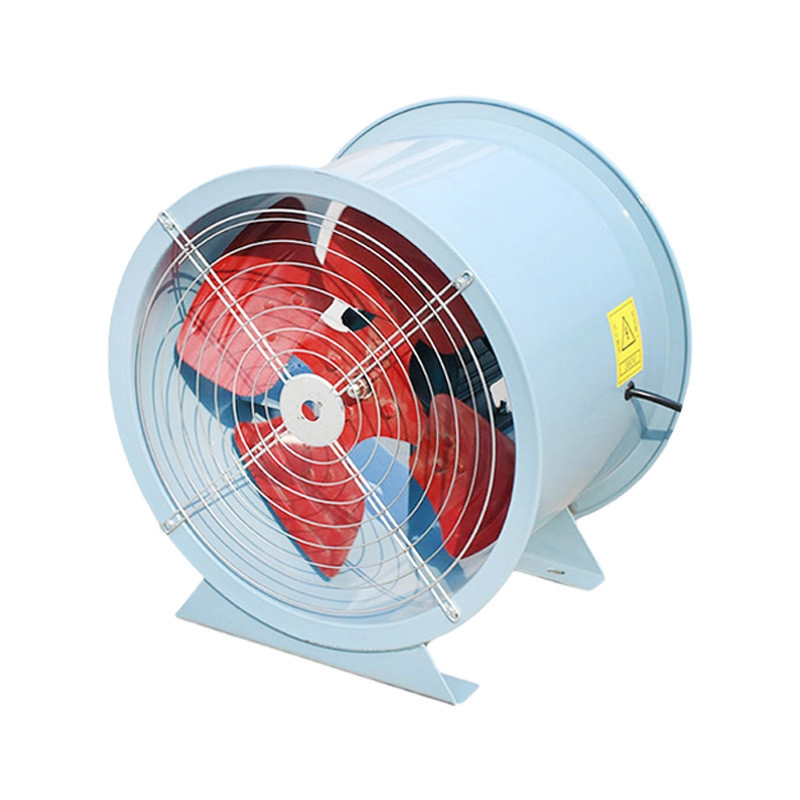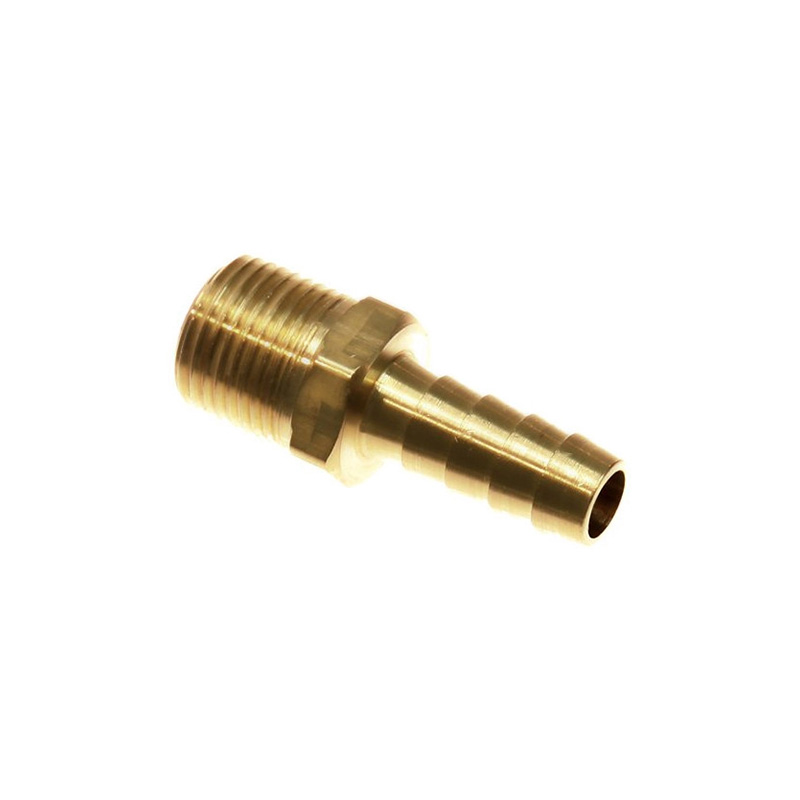Why Tube Axial Fans Dominate Industrial Ventilation
When we upgraded a chemical plant’s ventilation in 2025, our team discovered tube axial exhaust fans reduced energy costs by 18% compared to traditional options. These workhorses excel in long-duct systems, moving 20% more air volume than centrifugal fans according to HVAC Industry Report 2024.
Tube Axial vs Centrifugal Fans
| Feature | Tube Axial | Centrifugal |
|---|---|---|
| Airflow Volume | 3,000-50,000 CFM | 1,000-10,000 CFM |
| Static Pressure | Low-Medium | High |
| Energy Efficiency | 85-92% | 70-80% |
Step-by-Step Installation Guide
- Measure duct dimensions (pro tip: add 10% buffer)
- Select compatible tube axial exhaust fan model
- Install vibration dampeners
- Align motor within 2° tolerance
- Test airflow with anemometer
⚠️ Critical Mistake to Avoid
Never install tube axial fans backward – reversed airflow decreases efficiency by 40%! Always verify rotation arrows during assembly.
Maintenance Myths Debunked
Contrary to popular belief, tube axial exhaust fans do require seasonal care. Interesting fact: 73% of premature failures stem from dust accumulation (Facility Maintenance Journal, 2023). Our checklist simplifies upkeep:
- □ Monthly blade inspection
- □ Quarterly bearing lubrication
- □ Annual motor efficiency test
Common Questions Answered
Q: Can tube axial fans handle high temperatures?
A: Yes, specialized models withstand up to 400°F when using heat-resistant alloys.
Q: Optimal replacement cycle?
A: 7-10 years with proper maintenance, based on 2025 industry benchmarks.







